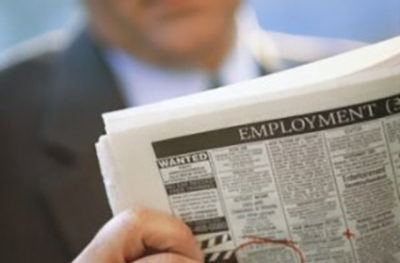In the span of what feels like 2 seconds, we’ve gone from talking about how to recruit when unemployment is at a low not seen in decades to dealing with the possibility of mass layoffs.
Employers are working to find ways to weather this unprecedented situation. Some are reducing their workforce. Others are trying to furlough employees to get through the coming weeks or months and hopefully get back to normal as soon as they can. Still others are trying to cut pay or hours to keep as many people on staff as possible. Many are trying a combination of the above.
Thousands, if not millions, of people are already without work as the economy reels from the effects of the coronavirus globally.
This is creating a situation in which employers that are in a position to recruit—either now or when we all emerge on the other side of this crisis—will be doing so in an environment of much higher unemployment than we’ve seen in a long time.
Recruiting in a time of high unemployment can have unique challenges, especially when compared with our more recent problem: recruiting in a low unemployment environment.
Let’s take a look at some of the challenges to anticipate when recruiting in a time of higher unemployment:
- Individual vacancies may have a higher number of applicants than usual, which may mean it will take more time to qualify applicants.
- There may be more unqualified applicants than usual, as more people are looking for quick work to replace lost jobs. This may also mean that recruiting costs are unexpectedly higher than anticipated due to the extra work involved.
- As time progresses, more and more applicants may have extended periods of unemployment. This does not necessarily mean they’re not great candidates for the job. However, many employers have historically not wanted to hire candidates with longer stretches of unemployment. The phenomenon has been labeled “unemployment bias.” We would do well as recruiters to be wary of it now before it becomes an issue again. (Some places even banned such bias in hiring after the last recession.)
- Skills gaps may persist, even with higher unemployment levels. This can be a frustration for employers that wish more applicants automatically meant more skills to choose from—but it may not. Employers may find they still need to offer training to get the necessary skills. This is especially true of a recession in which entire businesses closed down, leaving those who worked there without jobs and likely looking for work in entirely different industries.
- Skills gaps also persist because employers in a high unemployment environment are less likely to offer high wages that may still be required to entice higher-skilled talent.
- Newly hired employees in this environment are more likely to be willing to learn new skills.
- Newly hired employees in a high unemployment environment are less likely to leave quickly, as long as the organizational fit is good. They know how tenuous work relationships are at the moment.
For those of us in recruiting, this is a time to plan for new challenges ahead as the hiring landscape changes.
Bridget Miller is a business consultant with a specialized MBA in International Economics and Management, which provides a unique perspective on business challenges. She’s been working in the corporate world for over 15 years, with experience across multiple diverse departments including HR, sales, marketing, IT, commercial development, and training.
